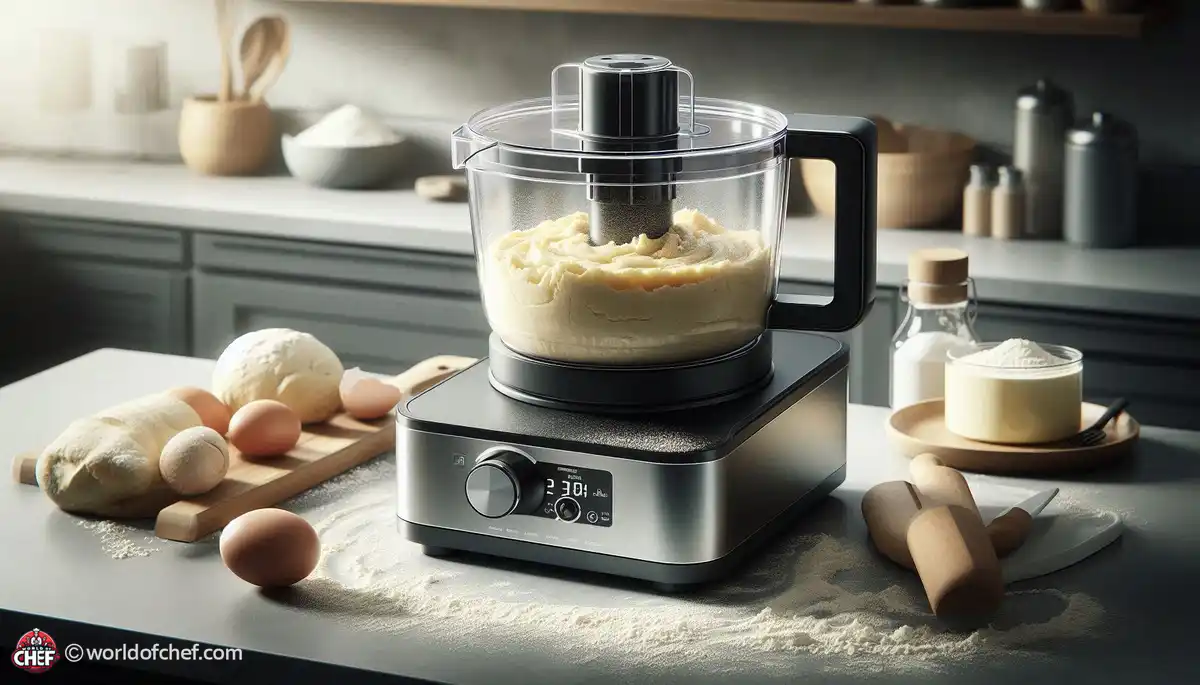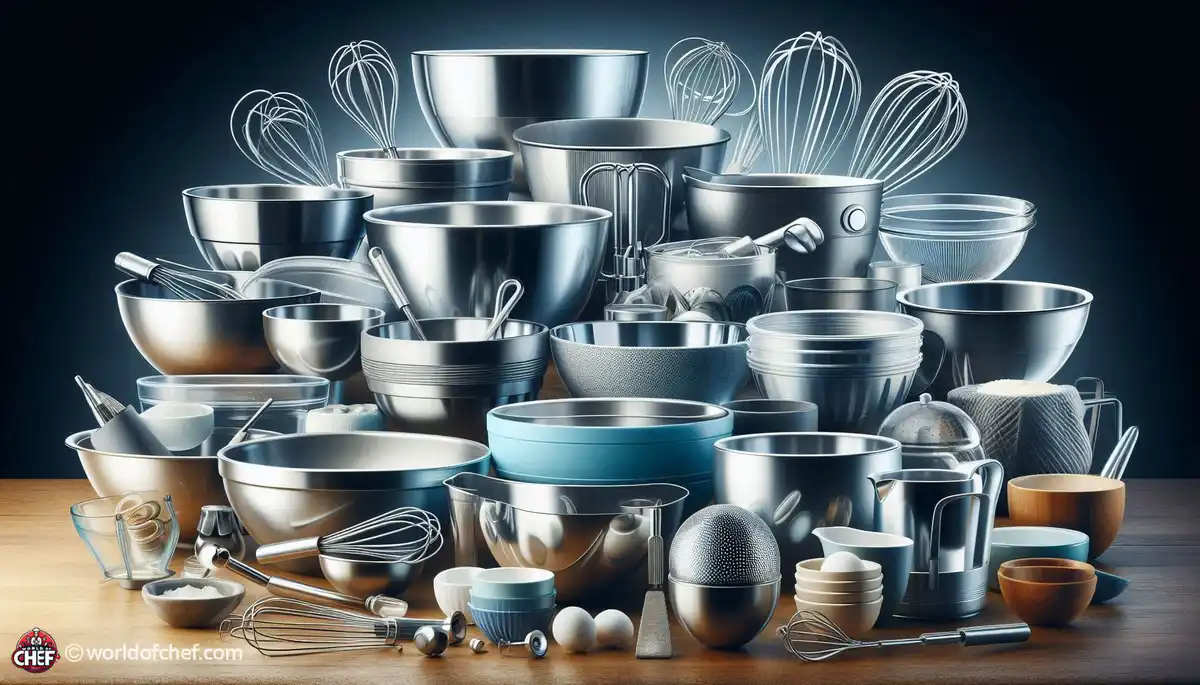
How to Choose the Right Peeler for Your Kitchen
Samantha Thames - Mar 27, 2025 - 12 min read


Of course, not many kitchen essentials, however, have received as much attention over the years as have strainers. But despite all this, a strainer is one of the cornerstones of cooking food in any form-be it to strain pasta or wash veggies. But when there are many, picking up a right strainer could become a daunting task. This article attempts to cover all the types of strainers that can simplify the task and guide the way to choose one for you.
Colanders are probably the most generic type of all strainers. Both metal and plastic, these strainers have many small holes where liquids can be drained, leaving solids intact. They are great to drain pasta, rinse beans, or wash fruits and vegetables.
When selecting a colander, the material should be considered. Stainless steel is very strong and easy to clean when doing heavy-duty tasks, while plastic colanders are light and come in various colors and sizes, hence attractive to those who enjoy seeing an aesthetic kitchen. Even though the material is being considered, the colander should not be so flimsy, thus causing it to flip over when filled.
The size is another important feature. For instance, if you are preparing spaghetti for a family dinner, you will need a big colander, but you will need a small one for washing a single serving of berries. Think about the usual cooking you do to choose a colander that can fit your needs.
Mesh strainers are used for more delicate tasks, such as sifting dry ingredients or straining broths. They are made of fine mesh fabric that allows liquids to pass through while trapping smaller particles. This makes them ideal for removing pulp from juice or straining sauces to a silky texture.
Mesh size also makes a difference when choosing the best mesh strainer. A fine mesh catches more particles but may take longer to strain liquids. Those frequently making sauces or stocks would probably find it worth it to buy several mesh sizes in order to get the liquid exactly right. Most mesh strainers have handles attached so they can be conveniently hung over bowls or pots.
You would also consider ease of cleaning. Stainless steel mesh strainers are generally dishwasher-safe. However, those made of plastic need extra care during cleanup as they could warp more easily. Research the cleaning requirements of the strainer you choose by consulting your manufacturer's information so it won't present any headache during the cleanup process.
The strainer needs to be selected by the size; if a person does many family-sized or multi-type dishes at the same time, then they need a large one. If, however, there is one person using the kitchen, or cooking very small batches, then the smaller is good enough as it can save space in the pantry.
One is also much better off considering space and storage because strainers, being able to take up considerable cupboard space, means that one would need a size that comfortably accommodates into the kitchen space. For instance, the stackable ones are able to be conveniently stowed out of the kitchen, meaning that they leave less chance of clutter.
Other than the overall size, you might want to look at the depth. The more significant the depth, the more liquid and food the strainer can hold and, therefore, decrease spills while draining. Just think of how much you usually prepare and find your perfect balance between capacity and convenience.
Another feature is the versatility of size. Home cooks tend to love the availability of a set of multiple strainers in different sizes. The smallest one may be good for rinsing grains, whereas the medium-sized one works well with draining canned vegetables. Large strainers work great with big jobs like straining a large pot of stock or pasta.
More to this, multi-functional strainers can be used as a mixing bowl or even as a serving dish. They help in saving space and provide a number of functionalities for the tools in your kitchen. You will have fewer things in your kitchen and will make the process of cooking easier because you can use one strainer for different things.
These stainless-steel strainers are highly prized for their longevity and their non-rust properties. They come very handy to be used heavily because of their ability to withstand high temperatures; therefore, a person would have no second thoughts about using it to filter hot liquids. Moreover, the material is not reactive. Acidic food items do not alter the flavor of these strainers.
One of the significant advantages of stainless steel strainers is that they have a long life. Provided they are well cared for, they can last a lifetime, and they make for an intelligent investment for any kitchen. They are usually dishwasher-safe, which makes cleaning easier after a long cooking session.
However, stainless steel strainers are heavy. Plastic alternatives are lighter, so you may want to consider the material if you prefer to use lighter utensils. That is a matter of personal cooking habits and preferences.
Often plastic strainers are light, available in funky colors and designs, so appear a little cheaper. However they may be fine for mild-duty operations, such as rince-off vegetables or removing cans; it may not have sufficient ability to withstand high temperatures for some time.
Another benefit of plastic strainers is how simple it is to use. Most of the time, they have ergonomic handles for easier grip in making the tasks more comfortable in draining. You just need to take precautions when you are dealing with hot liquids as these could warp plastics. However, if you do find yourself straining pasta or soups too frequently, it would not hurt to also have a metal strainer around.
Lastly, if you care about the environmental impact of plastic, you choose BPA-free options, or you just buy a reusable metal or silicone strainer.
Special features may also enhance usability for a strainer. Some strainers have handles to make easy manipulation or holding over pots or bowls and can provide better control for the draining process. More can even have silicone grips for preventing slippage, especially when hot foods are being strained or something that is heavy.
An important feature is that it must be equipped with feet or a strong base. A strainer with feet can be left sitting on the edge of a bowl or pot while the contents drain; it leaves your hands free for more important tasks in the kitchen, such as chopping vegetables.
Test the grip and stability at the store, if possible, when comparing strainers. A good design for a handle and feet will make your cooking more fluid and enjoyable.
These are collapsible and stackable strainers ideal for people with limited storage. It allows strainers to be flattened for easy storage, which can still be functional when extended. This is ideal in small kitchens where counter and cabinet space is limited.
Other, stackable strainers come stored neatly together that make lesser clutter and get easily a size you desire. The majority of its models comes in other features besides these functionalities, such as the ability to have its own built-in bowl, making measurements, and giving a convenient use.
On a preliminary point of purchase consider the rate by which you expect to make use of this, with regard to space for accommodation in your house. Convenience does not require compromising with quality.
Not much different in cleaning your strainer than choosing a good one. The nature of the material determines just how easy or difficult it'll be to clean. Stainless steel strainers are the best for maintenance. They're easy to put into the dishwasher and will not retain odors or stains.
Plastic strainers are simple to clean but less tolerant in the dishwasher. High temperatures warp or fade over time. You should check the care instructions of your strainer to prevent damaging it.
Also, look for strainers with a smooth surface and few crevices which may be easier to rinse clean. In case you are frequently straining foods such as pasta or rice, ensure that your strainer does not trap starches or small particles that can lead to odors.
Regular maintenance may extend the life of your strainer. After each use, rinse it thoroughly of leftover food particles. For stainless steel, scrub using a sponge for stubborn bits, and for plastic, avoid abrasive cleaners since these may scratch the material.
Make time for regular deep cleaning. This is ideal for your strainer if the easy removal of all that tough grime can be managed with a soak in warm soapy water. If needed, a vinegar-and-water solution soak can take out some stains and foul odour.
You know this simple cleaning will maintain your strainer in a near-pristine state the moment you need it to complete that new culinary activity.
Strainers can be very cheap to very pricey, so finding one within your budget is important without compromising on quality. Consider how often you cook and how much you are willing to spend. A good-quality stainless steel strainer might cost you more initially but will last longer and save you money over time.
It helps check several brands and review and check which models really will worth the price you're paying. Sometimes you would shell out more money due to an extra feature or finer quality, so be wary, knowing your options well.
There's also the thing called not neglecting sales. Indeed, many kitchen utensils have seasonal sales at places. You might really go for a great price by going for a really best-of-the-best strainer during sales. This makes selling or purchasing multiple units when they are on promotion cheaper for you.
You may tend to buy a few at cheaper prices, but actually, the right investment would be making a good few of quality ones. Instead of that, think of the frequency of the particular action you do and pick strainers which will best suit you for those.
Quality strainers are usually more resilient and perform better. They mostly come with features that upgrade their usability, such as having ergonomic handles and built-in rests. Consider what you'll be using your strainer for; then, opt for that one that will give you the best performance for your specific requirements.
Investing in quality does not only enhance the experience of cooking but it can also enhance your effectiveness in the kitchen.
The task of selecting the right strainer for your kitchen is really a daunting but easy task if you focus on your cooking habits and preferences. It may be the case of a sturdy colander that you will use for pasta or a fine mesh strainer for delicate sauces or just a collapsible option if you want to save up some space.
Take time to assess the materials, sizes, and special features that will best serve you. With a little thought and consideration, you will find the perfect strainer that will make your cooking endeavors more enjoyable and efficient.
It doesn't only increase the joys of cooking but also organizes the space of your kitchen. Now, are you all geared up to change the flavor games of the house by acquiring an ideal strainer?

Samantha Thames - Mar 27, 2025 - 12 min read

Louis Saul - Jan 15, 2025 - 11 min read

Emery Donley - Oct 26, 2024 - 14 min read

Dennis Hague - Oct 26, 2024 - 14 min read